A couple of days ago, on the 29th of March 2024, it marked the 50th anniversary since production began of the Volkswagen Golf. 50 years ago, in 1974, no one quite understood how important this car would go on to be. As the successor to the legendary Beetle, the Golf would end up as the most successful Volkswagen and best-selling European car of all time.
Over the last five decades, more than 37 million Golfs have been produced which means (in mathematical terms at least), more than 2000 people have purchased a Golf every single day!
Volkswagen Golf – The Successor To The Beetle
In July 1974, the first of the new Golf models entered the showrooms. Up until this point, rear-mounted engines (like in the Beetle) had dominated the automotive scene. However, the introduction of the Golf would signal the start of a new era – the front-mounted transverse engine. Although Volkswagen had begun the transition into this new era just before the Golf with the Scirocco and Passat, the Golf meant that the highest volume class now used this new technology.
There were extremely high expectations and even bigger shoes to fill for the Golf following the huge success of the Beetle. The Beetle had sold more than 21.5 million units so was certainly a hard act to follow. Giorgio Giugiaro and Volkswagen Design had done such a good job in the development of the Golf though that, by October 1976, one million units had already been sold.
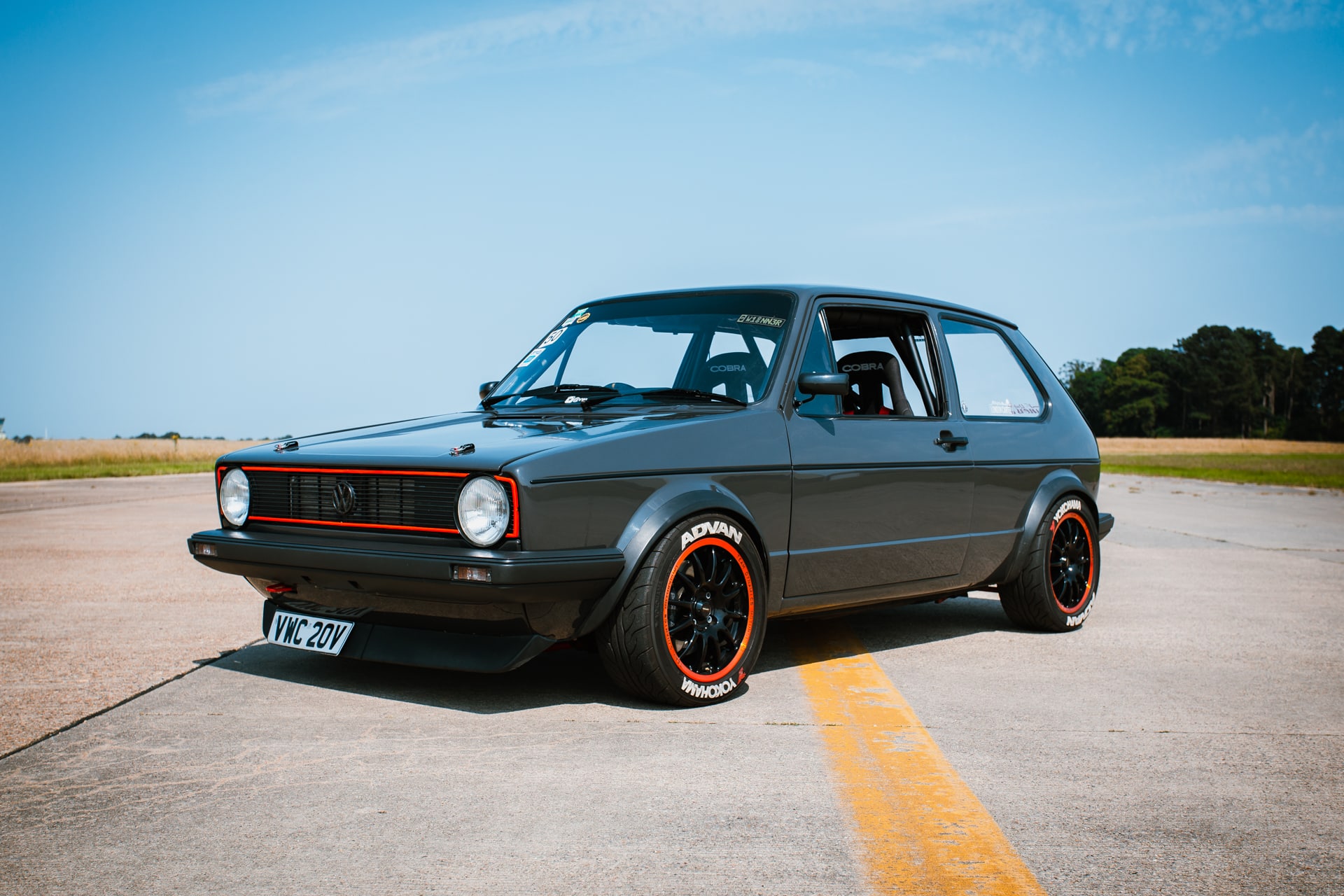
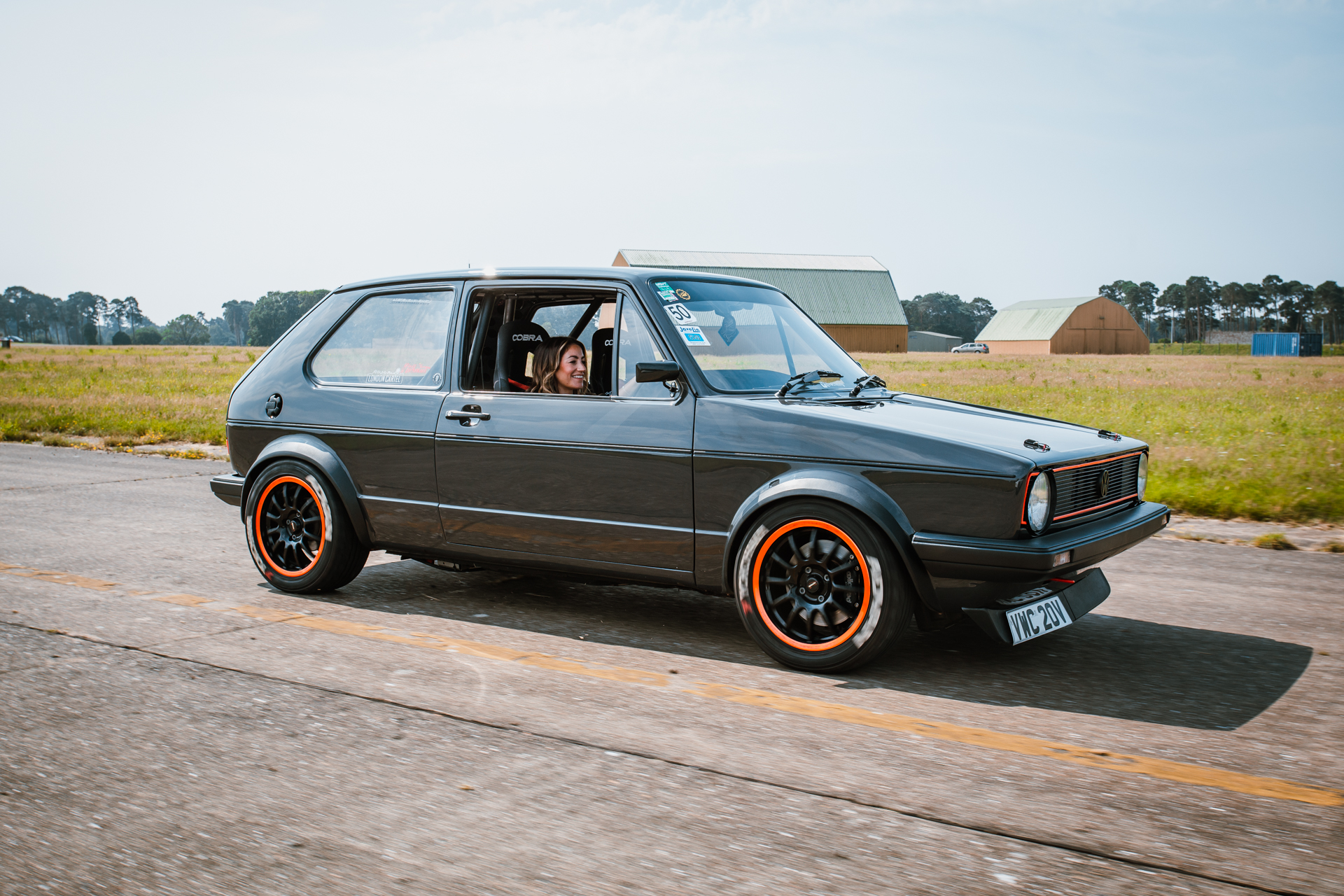
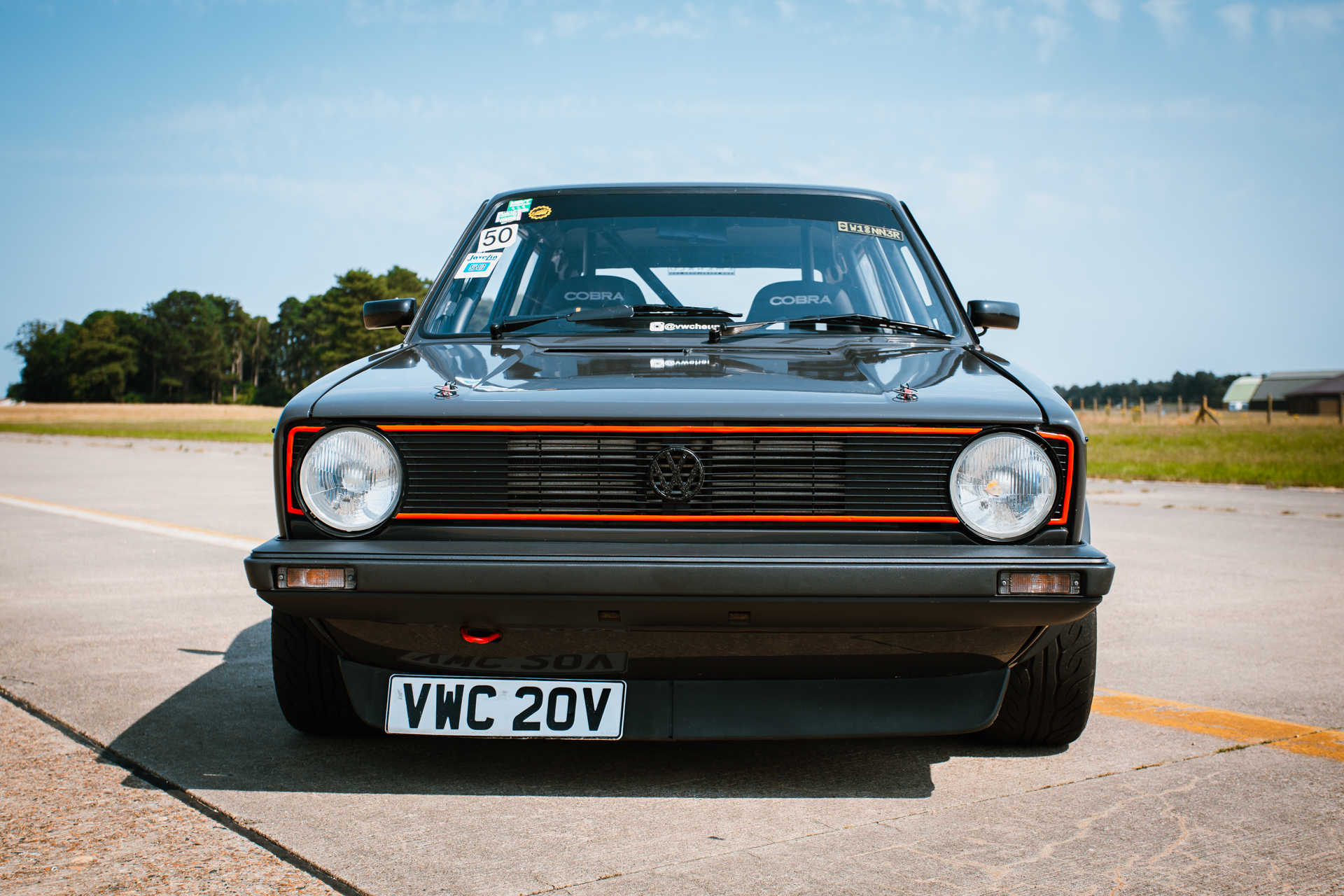
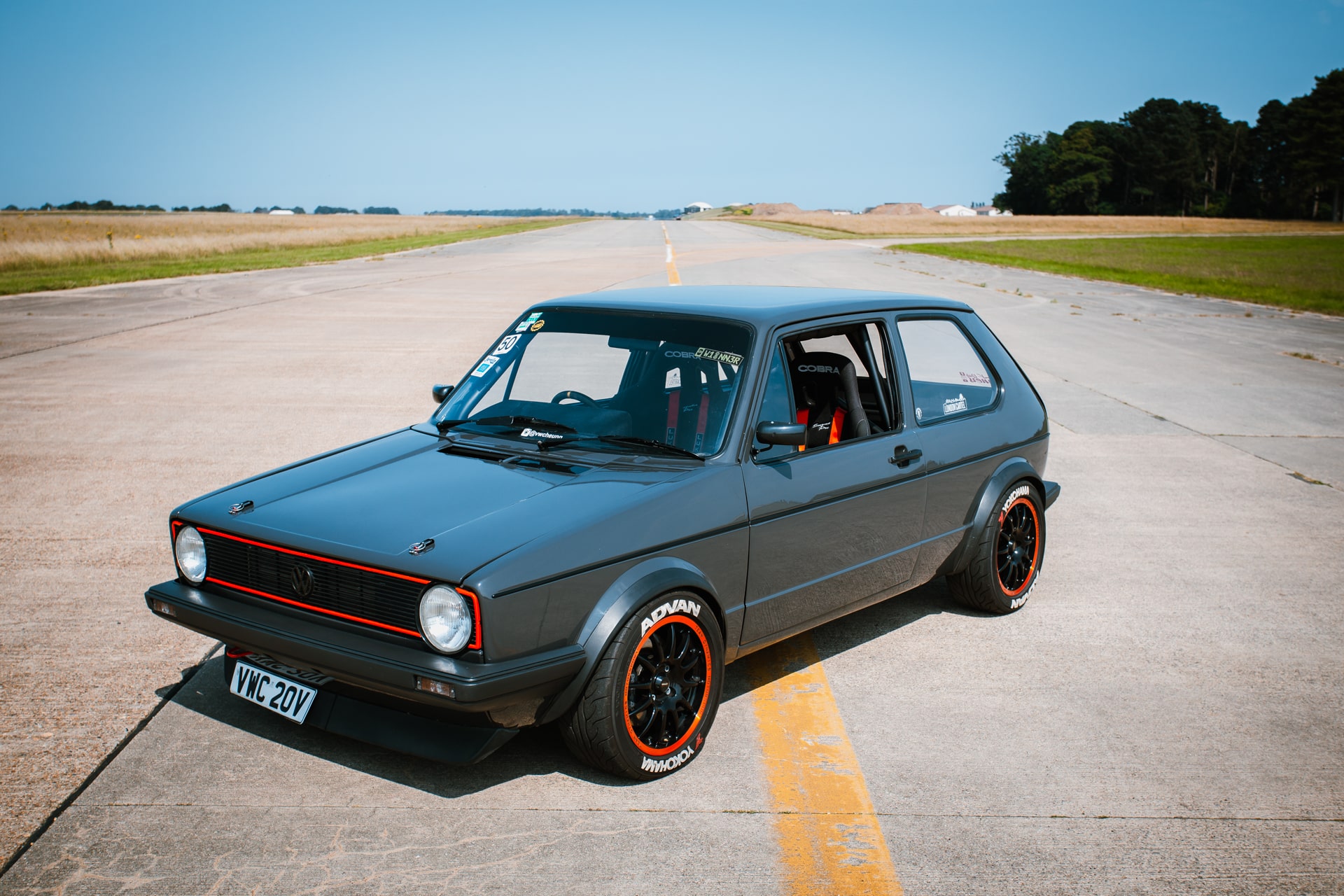
Practicality All The Way
When production began in 1974, Volkswagen wrote the following about its new vehicle with its large tailgate: “The Golf offers maximum space and safety. It is uncompromisingly geared towards practicality. The low beltline gives drivers a clear overview, and the sloping bonnet ensures that the road right in front of the vehicle is visible. The rear window extends well down, making reversing much easier.”
Wolfsburg Plant
So far, more than 20 million Golfs have been built in Volkswagen’s Wolfsburg plant. The other 17 million have been built in other German plants as well as in Belgium, Brazil, China, Malaysia, Mexico, Slovakia and South Africa. Although this is a sign of the Golf being a world car, its technology has always been a great example of German engineering.
Golf I
With the first Golf GTI (1976), Volkswagen initiated the dynamic development of the compact class. The Golf D (1976) and the later Golf GTD (1982) ensured the breakthrough of diesel in the compact segment. In 1979, Volkswagen launched the Golf Cabriolet – which, for a time, was the best-selling convertible car in the world.
A total of 6.9 million units of the first-generation Golf had been sold by 1983 – a sign that the Golf was a worthy successor to the Beetle.
Golf II
Volkswagen Chief Designer, Andreas Mindt, sums up the most important moment in the history of the Golf: “It was the switch from Golf I to Golf II. Volkswagen’s then Chief Designer Herbert Schäfer did everything right there.
He modernised the second Golf but kept the DNA of the first generation. This bridge is extremely important for the Golf’s history. The Golf has always remained a further development of this original model. That is the special thing about the Golf, and the credit for this belongs to Herbert Schäfer.”
Technologies such as the controlled catalytic converter, ABS and all-wheel drive made their debut in the Golf II. A total of 6.3 million Golf II cars were built between 1983 and 1991.
Golf III
In August 1991, Volkswagen began a new era of safety with the Golf III. This was the first Golf model available with front airbags from 1992. A number of big moments are associated with the Golf III, which had been built 4.8 million times by 1997: for example, the first six-cylinder engine (VR6), cruise control system and the first side airbags. For the first time, this Golf was also available as an estate model.
Golf IV
1997 saw the debut of the Golf IV. This is still seen as something of a style icon and achieved a new standard of quality within the segment.
In 2002, Volkswagen released the sportiest Golf to date, based on the fourth generation: the R32. This had a top speed of 250 km/h and, in 2003, was the first Volkswagen to receive a direct shift gearbox (DSG).
The Golf IV was replaced after 4.9 million units had been built.
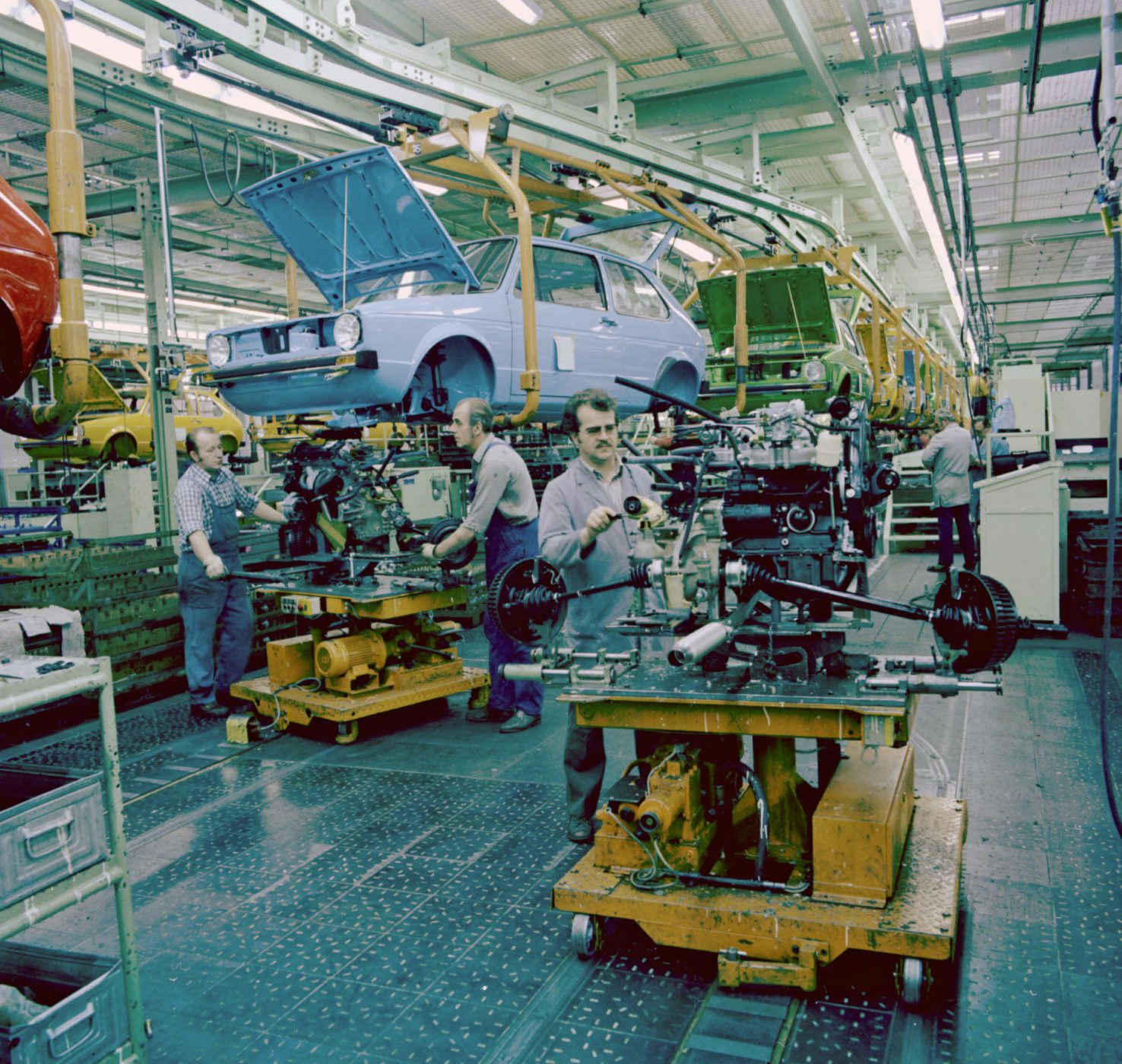
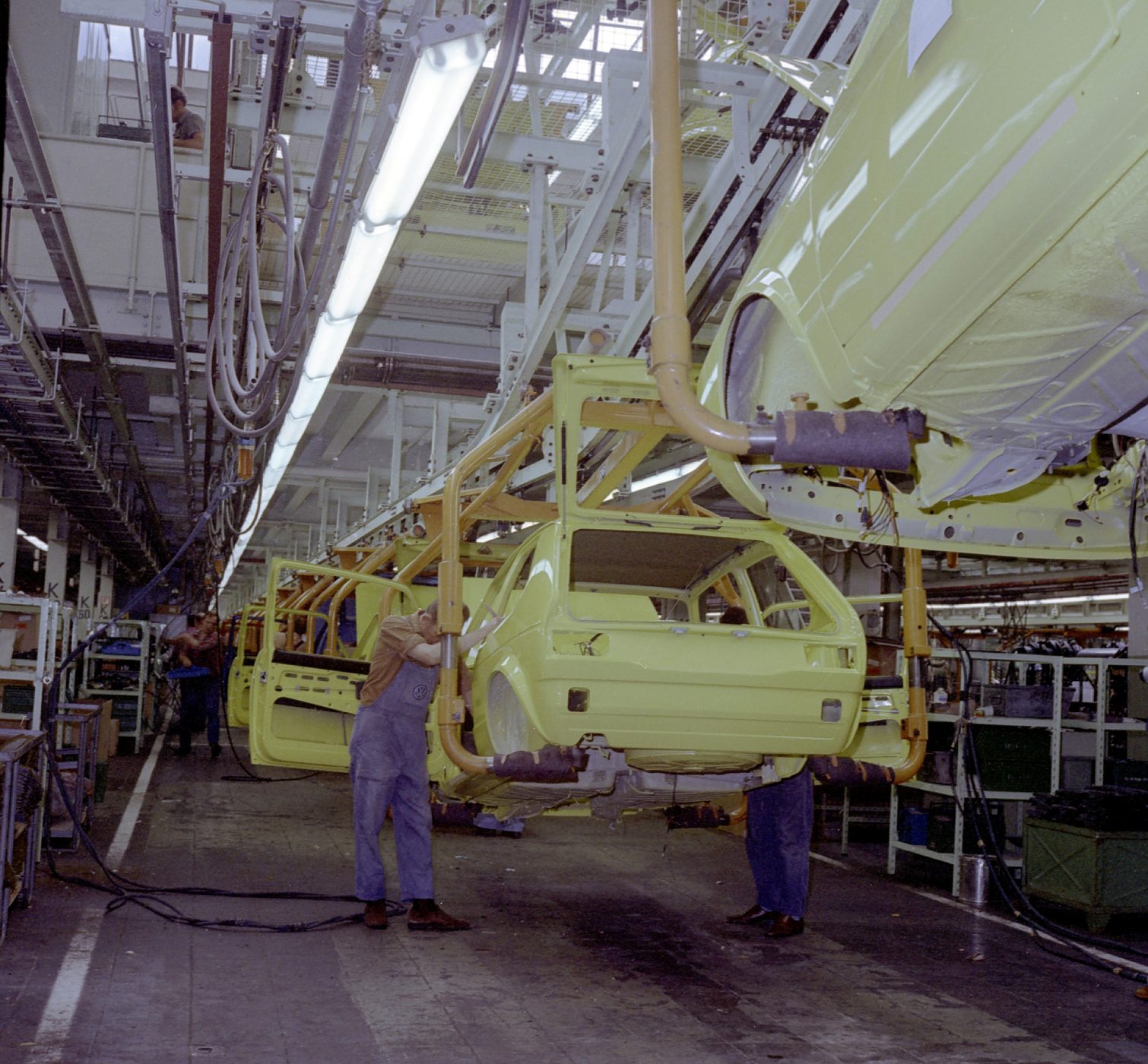
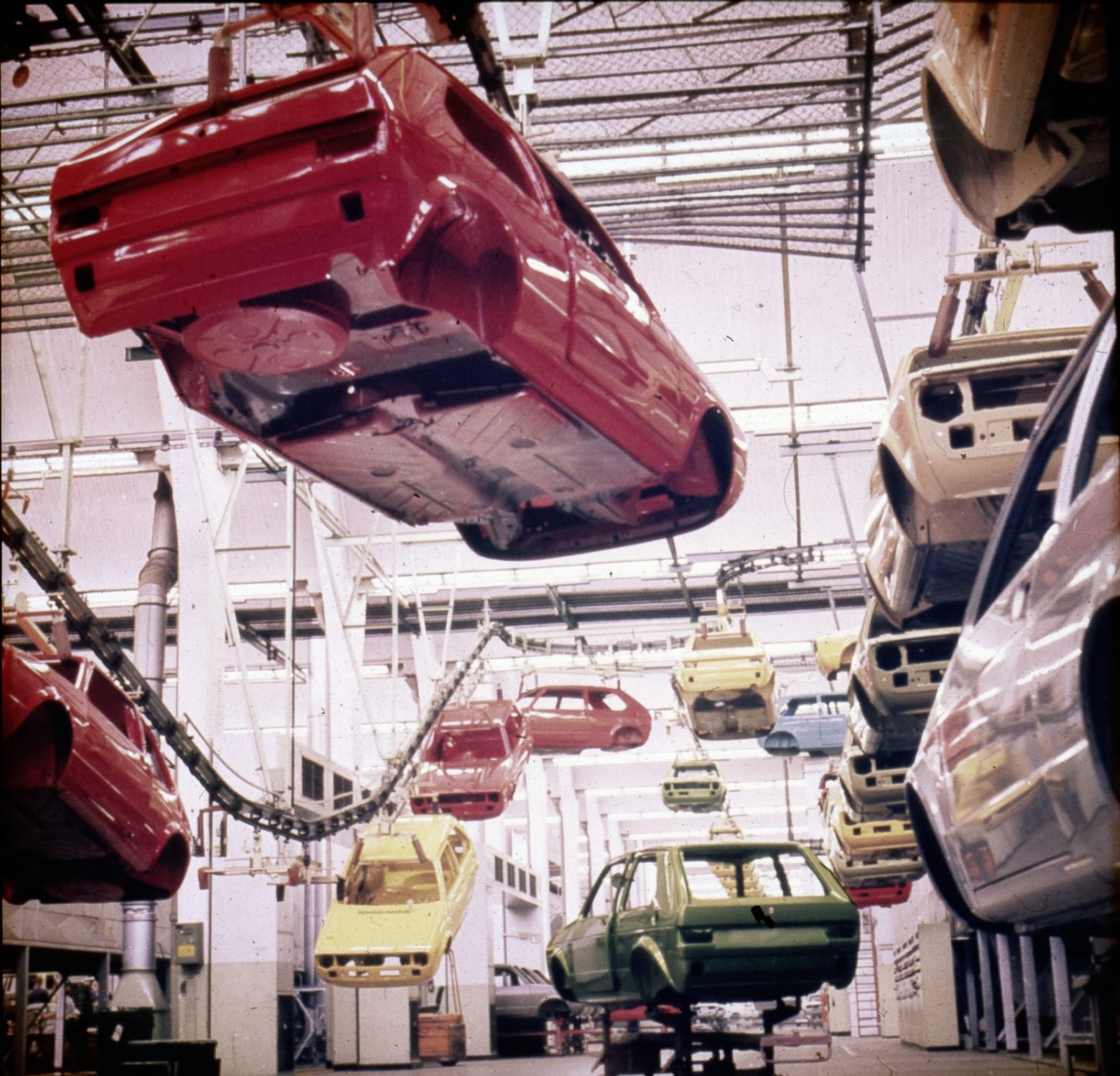

Golf V
With its outstanding comfort, the fifth Golf – which was launched in 2003 – was miles ahead of many competitors in the upper mid-sized class. The stability of the laser-welded body created a 35-per-cent increase in torsional rigidity and, for the first time, up to eight protective airbags were also on board. In addition, the Golf V, which had been built 3.4 million times by 2008, impressed drivers with a new four-link rear suspension, bi-xenon headlights and the first 7-speed DSG.
Golf VI
By the end of July 2012, a further 3.6 million Golfs had been produced. When the sixth generation was introduced in 2008, safety once again took a big leap forward. Like with its predecessor, the laser-welded body was so stable that it scored the maximum of five stars in the Euro NCAP crash test. New technologies such as Light Assist (advanced main-beam control), Park Assist, Hill Start Assist and adaptive chassis control (DCC) also helped make this version of the Golf ‘World Car of the Year’ 2009.
Golf VII
In September 2012, Volkswagen revealed the seventh Golf. Its weight was reduced by up to 100kg compared with the sixth generation. This meant that fuel consumption was also reduced by up to 23 per cent.
New technologies such as the Automatic Post-Collision Braking System, Adaptive Cruise Control and Front Assist including City Emergency Braking System rounded off the range of assist systems. In 2014, Volkswagen looked to enter the world of electric mobility with the new e-Golf. A total of 6.3 million Golf VII cars were produced up to 2019.
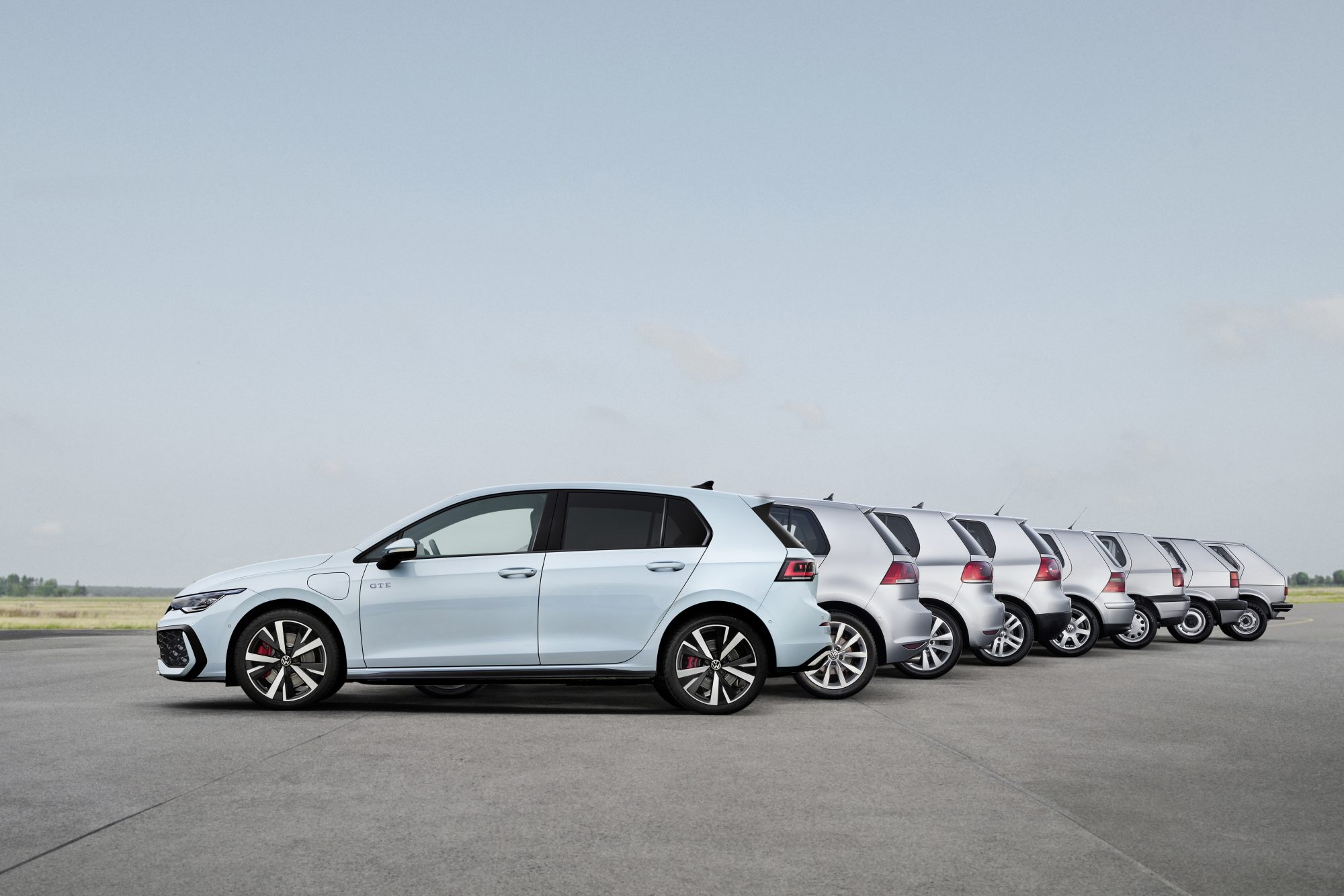

Golf VIII
Volkswagen presented the Golf VIII in October 2019. With its new mild and plug-in hybrid drives, it electrified the compact class. As one of the first compact cars, it enabled assisted driving by means of Travel Assist. Even the entry-level version today has features such as Lane Assist, Front Assist, LED headlights, LED tail light clusters and automatic air conditioner on board as standard. In combination with the optional adaptive chassis control DCC and the vehicle dynamics manager, the Golf VIII also achieves an unprecedented spread between comfort and dynamics in this class. More than one million units have been sold so far.
Now – in 2024 – the new evolutionary stage of the eighth generation has arrived. The new Golf impresses with a next-generation infotainment system, a more intuitive operating concept, a sharper front and rear end design as well as efficient drive systems. These include plug-in hybrid drives with an increased all-electric range of significantly more than 100 kilometres. An illuminated Volkswagen logo also features on the front for the first time in a Golf. In addition, the new Golf with voice control and the AI-based chatbot ChatGPT once again make technical innovations available to the masses.

Leave a Reply
You must be logged in to post a comment.